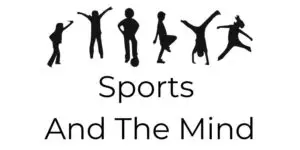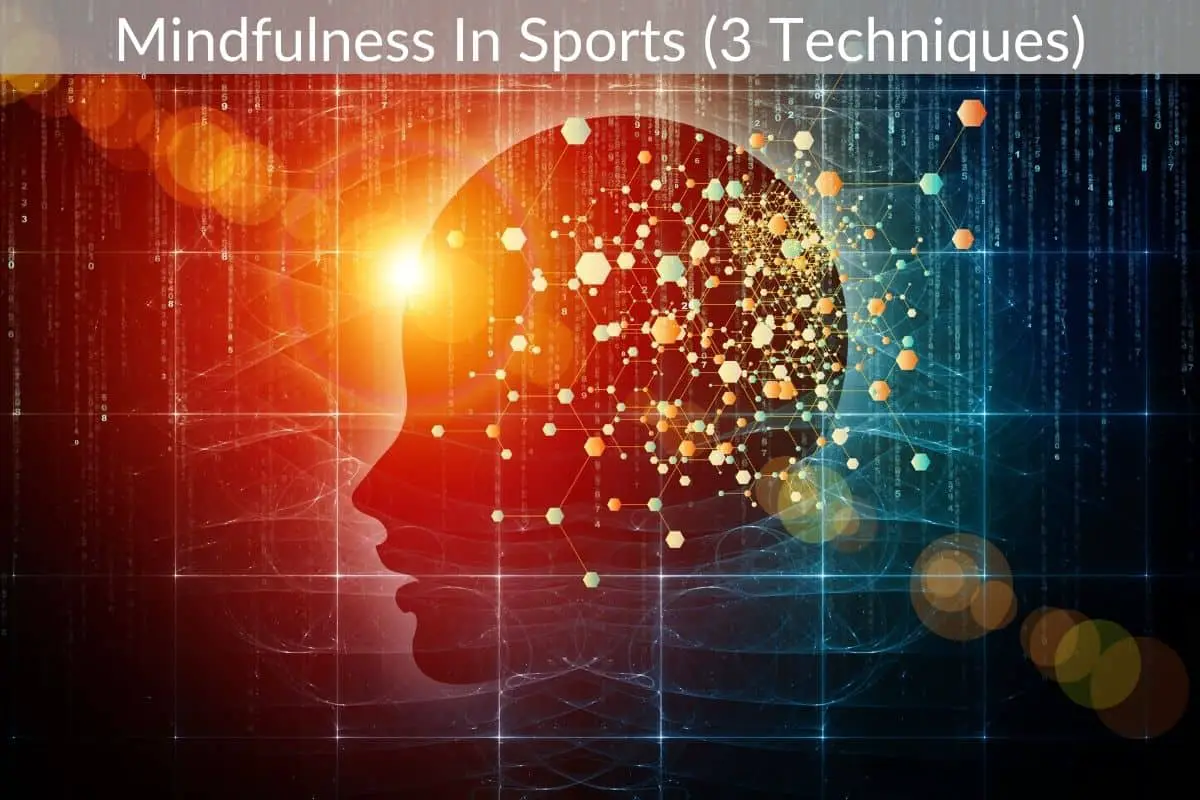Table of Contents
*This post may contain affiliate links. As an Amazon Associate we earn from qualifying purchases.
Mindfulness In Sports
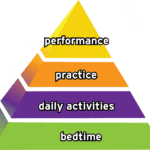 Mindfulness in sports begins with the foundational principle of breathing. This article will focus on actual techniques aimed at slowing down the central nerve system through the use of breathing techniques and physical stretches. This is an important tool for any athlete to practice because of the profound effects that controlled slowing the mind and body can have on an athletic outcome. In order to learn these techniques properly, a specific step-by-step process(the diagram to the left) must happen.
Mindfulness in sports begins with the foundational principle of breathing. This article will focus on actual techniques aimed at slowing down the central nerve system through the use of breathing techniques and physical stretches. This is an important tool for any athlete to practice because of the profound effects that controlled slowing the mind and body can have on an athletic outcome. In order to learn these techniques properly, a specific step-by-step process(the diagram to the left) must happen.
First: Practice at bed time (green)
Second: Practice the technique in daily life activities (purple)
Third: Practice the technique at your respective athletic practice (orange)
Fourth: Practice the technique during a competition or performance (yellow)
Technique #1: Nostril Breathing
 Breathing through the nose in daily activities, warming up before competition, training, lying in bed before sleep and while practicing imagery. This simple technique provides a practical way of slowing down the nervous system. When an athlete breathes through the nose, less oxygen is consumed, which sends a message to the brain that it is safe to relax. If this technique is practiced over time, the nervous system with drop to a lower baseline, making the athlete more relaxed.
Breathing through the nose in daily activities, warming up before competition, training, lying in bed before sleep and while practicing imagery. This simple technique provides a practical way of slowing down the nervous system. When an athlete breathes through the nose, less oxygen is consumed, which sends a message to the brain that it is safe to relax. If this technique is practiced over time, the nervous system with drop to a lower baseline, making the athlete more relaxed.
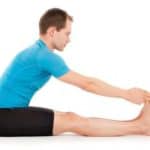
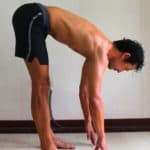 Technique #2: Forward Bending Either Sitting or Standing
Technique #2: Forward Bending Either Sitting or Standing
Sitting on the ground with both legs straight in front of the body and bending the upper body towards the legs is an effective way to relax the body. The action of bending forward allows the nervous system to relax. If the athlete is inflexible, the use of a pillow or a folded blanket under the knees will assist in full relaxation. The forward bending position should be held for 2-5 minutes with nostril breathing. If the athlete is inflexible for the standing posture, simply bend at the knees to allow comfort for the stretch.
Technique #3: Intentional Exhalation
This technique requires the athlete to focus on the exhalation phase of the breath. The reason for this exercise is because during the exhalation phase, the nervous system relaxes. A simple way to practice this technique is to take 3 regular inhales and exhales, then begin to focus on lengthening the exhale to be twice as long as the inhale.
For example, inhale for a count of three and exhale for a count of six and repeat this ratio (1:2) for 5 minutes. This particular technique should be practiced at bed time. Then, use this technique after a workout as a way to recover. This can be a difficult technique to learn, but practice and patience play a large role in success. This technique trains the nervous system to respond in a new way to stress.
